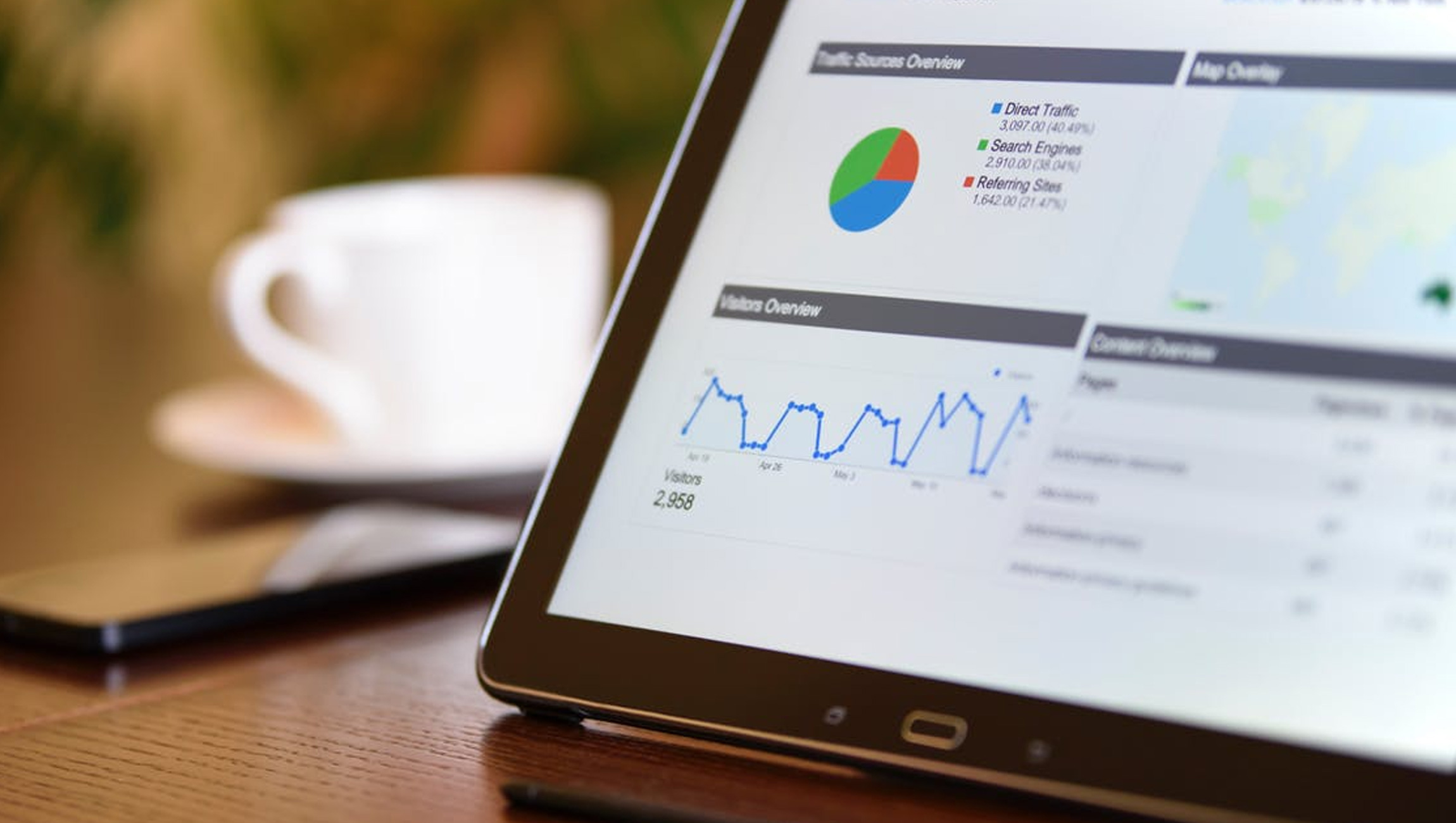 It’s a truth so self-evident that sometimes it is overlooked: For marketers a key benefit – maybe THE key benefit – of mobile adoption is the ability to know where customers are at any time. Or at least, the ability to deliver campaigns and experiences based on the customer being present in a specific location.
It’s a truth so self-evident that sometimes it is overlooked: For marketers a key benefit – maybe THE key benefit – of mobile adoption is the ability to know where customers are at any time. Or at least, the ability to deliver campaigns and experiences based on the customer being present in a specific location.
That knowledge has led to some pretty poor marketing. “Hey, let’s send an untargeted push notification to everyone within five miles of our store telling them we have a sale on!” are words unlikely to be taking up residence in any marketing textbook any time soon. But the fact is that the ability to mesh our knowledge of the customer themselves with a knowledge of the environment they are currently in is extraordinarily powerful.
At the same time, it can be hard to know where to start. With that in mind, in this short article I want to highlight five simple use cases that can help use location to deliver great experiences to customers – and drive loyalty and revenue as a result.
Customer Satisfaction Surveys
Nobody needs to be told that customer satisfaction is an important metric for most organizations – hence the significant investment in Net Promoter Score and similar programs. Mobile is the perfect way to find out what customers thought of a ‘real world’ experience.
Visitors to a bank branch are surveyed about their experience as they leave that branch. Attendees at a concert get a message as they leave asking them to rate the event and provide feedback. By placing geofences around real world locations and delivering these surveys natively in the app, organizations can get live, accurate feedback that helps keep them at the top of their game.
Read More: Verve Adds Mobile Video to Its Location-Based Mobile Ad Suite
Selling In The Right Place
What do people do in car dealerships? They buy cars. What else do they do? They look for finance. That’s why one smart customer of ours built geofences around major car dealerships and prompted their customers entering those locations to consider finance with them.
It’s a perfect example of a situation in which location implies intent. Sure, there’s a risk the customer is just browsing – but really – how many people go into car dealerships when they are not actively considering a car? By prompting the user to consider car financing with their existing bank, in many cases campaigns like these help empower the consumer, give them greater choice, and work out nicely enough for the financial institution themselves!
Help At The Right Time
You’re newly arrived in a city and evening is drawing in. What’s the first item on the agenda? For many of us, the answer is dinner. And, also for many of us, not dinner in the hotel. With that in mind we worked with a restaurant reviews app to deliver a prompt when customers left an airport at a certain time of the day.
The message? A simple “if you need to find somewhere for dinner this evening, we can help”. A great example of how smart marketing in 2017 is more about understanding the current environment (I’m away from home, it’s late) that the customer is in rather than the customer themselves. After all – everyone, of any demographic, needs help finding somewhere to eat when in a strange city. Nobody needs that help when they are at home.
Smarter ‘Experiential Marketing’
If you’re delivering great real-world experiences as part of a brand promotion (think sponsored events, concerts and so on), location can be a great way to deepen that experience and make it extra special.
With the accuracy allowed with geolocation improving with every passing year, it is perfectly feasible to use location alongside the mobile app to enable users and attendees to search for and find secret locations within the event that lead to rewards, prizes, or some form of incremental VIP experience. And of course, all the time you are strengthening the relationship with the mobile app (or encouraging users to download it in the first place)
Move Customers Away From Costly Channels
Picture the scene. I arrive at a bank branch to pay a bill, or transfer money to another account. That process involves an awful lot of expense for the bank in the form of wages, rents and all the rest. So what if I could be ‘headed off at the pass’ with a push campaign that let me know the range of services available in the app, as I walked in the door of the branch?
That has the potential to save millions. And it doesn’t necessarily matter that I only read the message later – I will still learn that next time I don’t have to make the trek to the branch. That’s both an added convenience for the customer and a real saving for the bank. Another win/win delivered by location-aware marketing!
GeoLocation-Based Marketing Is Powerful When Used Correctly
Location-based marketing isn’t new. Yet, campaigns that don’t carefully consider when and how they are using geolocation capabilities are destined to yield unproductive results. Luckily, location-based marketing campaigns don’t need to be overly complicated. Consider these five ideas the next time your marketing team is planning to build some geofences and your next location-based endeavor should be a successful one.
Recommended Read: PlaceIQ’s LandMark Powers Location-Based Insight Innovation for Clients










